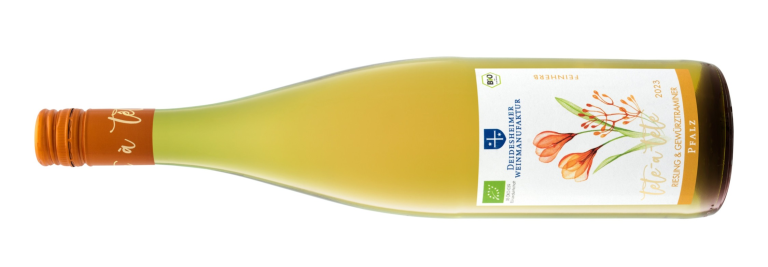Major retailers’ autumn and winter wine collections are largely finalised now and most have started to reveal what will populate their shelves in the run up to Christmas.
Over the next few weeks, I will be providing details of what should be available where – starting today with the Co-op.
Heeding the warning in last week’s Top Tip, prices are likely to be a little higher but, as ever, I will be trying to pinpoint the best value I can find at the various price points.
Also featured today are the customary Best of the Rest, Sunset Corner (soon-to-end promotions) and a Top Tip about recommended reading material.
As ever, use the pictures provided to guide you towards the wine in question in a crowded wine display.
Lives up to its name
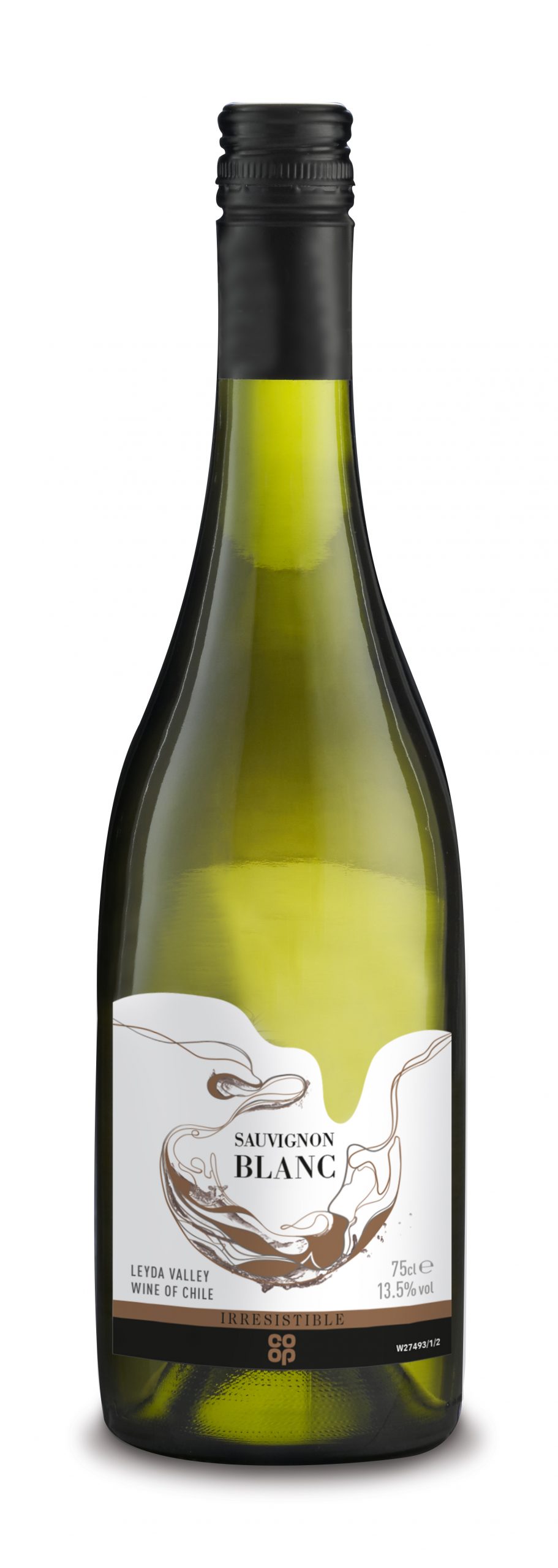
If the vivacity of new world sauvignon is more your style than the Sancerre mentioned later, try this excellent option – not from Marlborough but actually from Chile’s Leyda Valley where Pacific Ocean currents keep the climate cool enough for sauvignon to prosper.
After its opening sweet pea aromas 2018 Co-op Irresistible Leyda Valley Sauvignon Blanc (£7.50 at the Co-op and 13% abv) follows through with soft peach and mango fruit, tangerine centred acidity, and an engaging sweet edged texture that all give credence to the name “Irresistible”.
White Burgundy without a second mortgage
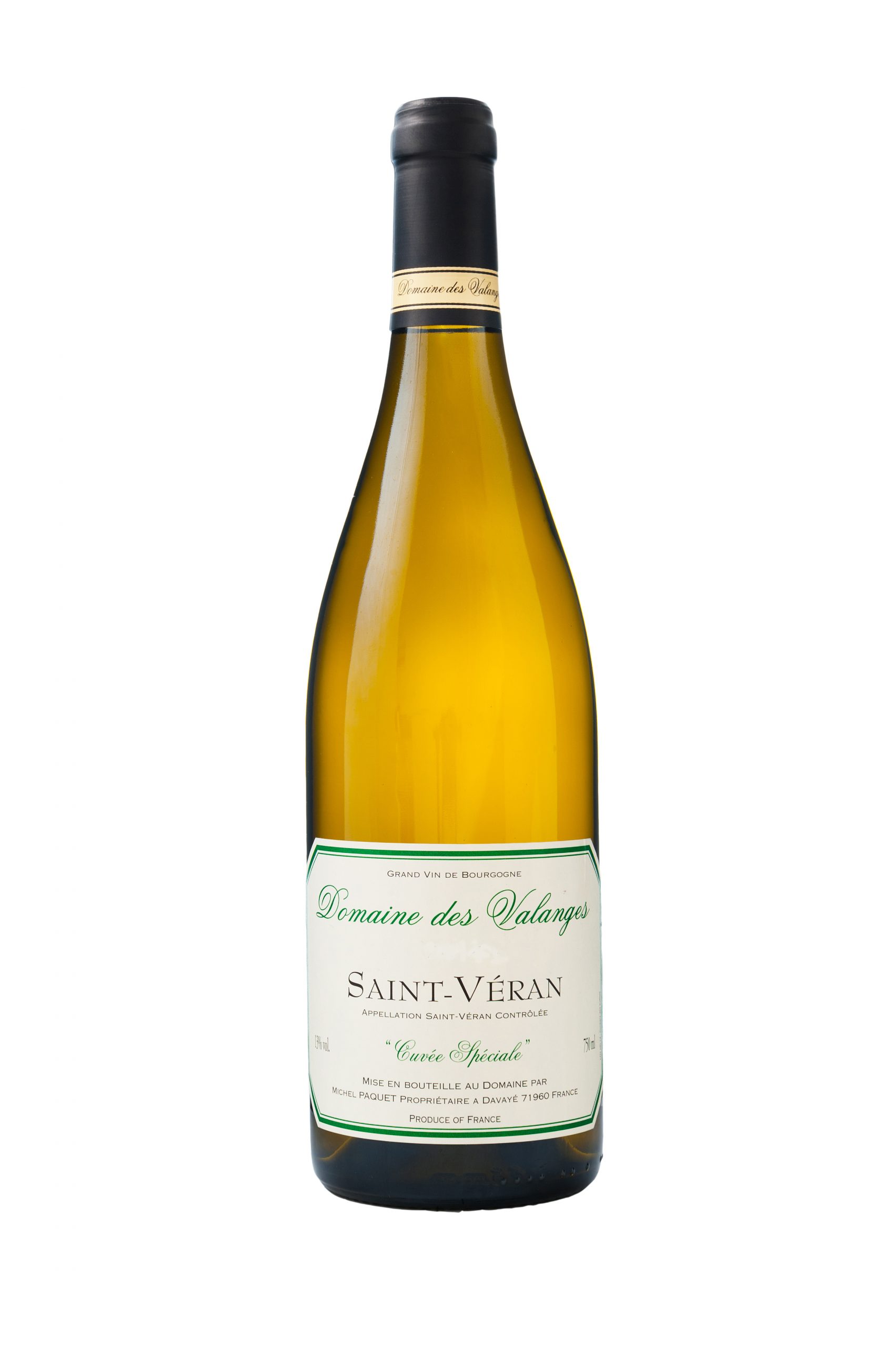
Co-op has an absolutely superb Chassagne-Montrachet but if you want to enjoy white Burgundy at a little less than £40, seek out this tasty example from a little further south – in the Maconnais.
More subtle than Côte d’Or offerings, the medium bodied 2018 Domaine des Valanges Saint Veran (£12.25 and 13%) has real depth behind its apple and grapefruit flavour range and enhances it well with sharp lime acidity and a suggestion of green herbs.
Classic Loire Sauvignon
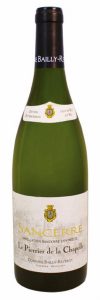
The eastern end of the Loire has long been home to some of France’s best sauvignon blanc and this is an excellent example of what they do well, outpointing – this time – the version from nearby Pouilly.
Smooth yet lively 2018 Bailley Reverdy Sancerre (£15 and 13.5%) has herbal infused apple fruit with zingy pink grapefruit acidity and a minty texture that adds impressive complexity.
The inexpensive side of California

We expect to dig deep for wine from California but if you move away from the celebrated Napa Valley with its astronomical land prices, good value bottles can be unearthed – especially in areas such as Lodi.
Lodi is indeed home to the soft and velvety 2018 Chalk Duster Zinfandel (£7.50 and 14.5%) which provides raspberry and cherry fruit with sharp acidity and an attractive depth that incorporates appealing herbal touches.
A star among the crowd
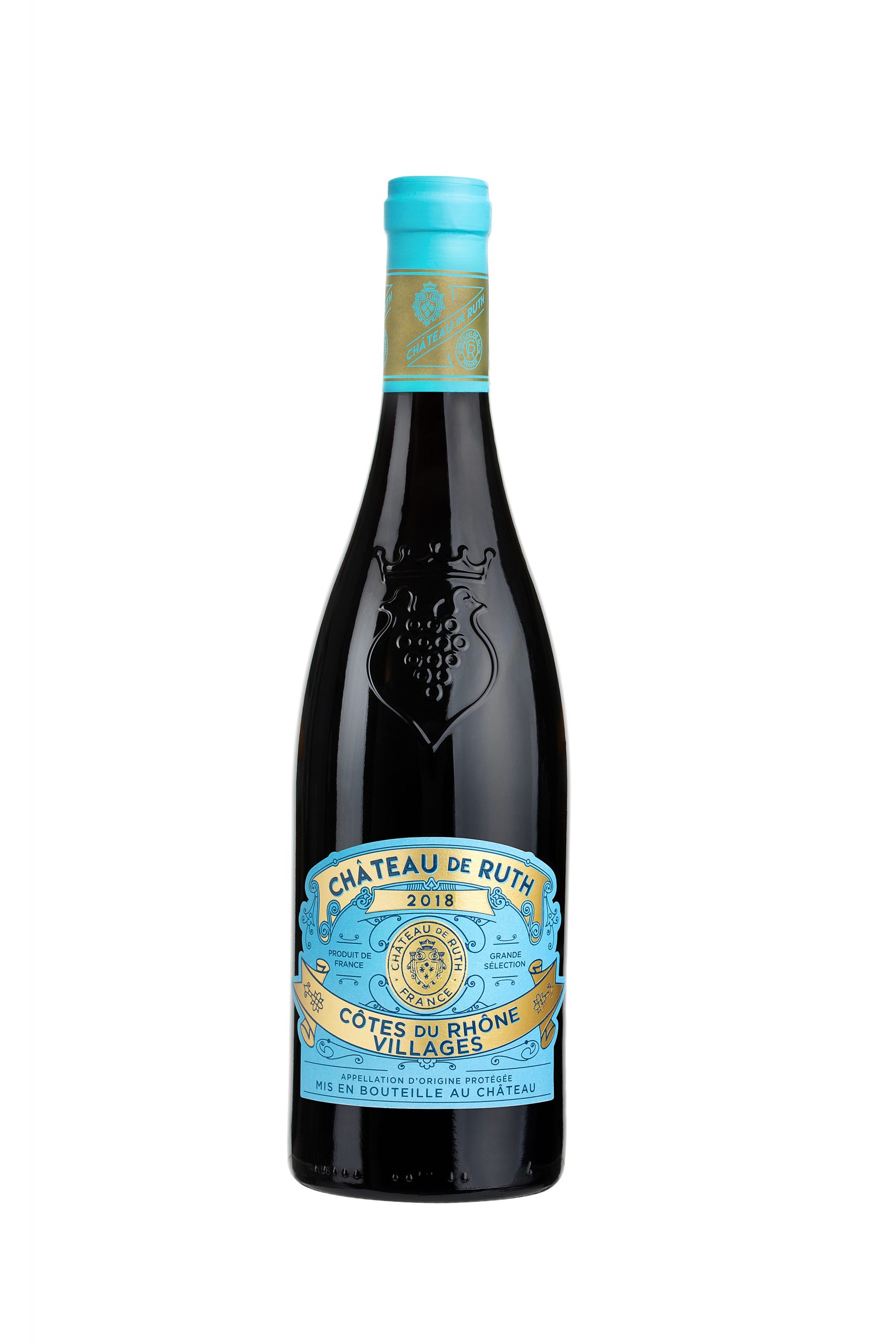
Over 5000 growers are entitled to the basic Cȏtes du Rhône appellation so, unsurprisingly, quality varies appreciably but this grenache led (70%) GSM blend will match many rivals with more prestigious labels.
Soft but not as weighty as some Rhone reds 2018 Château de Ruth Cȏtes du Rhône (£10 and 14.5%) delivers smooth plum and cherry fruit with good acidity, balanced tannin and a background that incorporates mint, clove and liquorice components.
Ready to drink Bordeaux

With so many red wines – particularly from Bordeaux – released too soon and with tannin you can cut with a knife, it is especially welcome to find a version from a good year that is a joy to drink right now.
True to its two thirds merlot contribution, 2015 Château Tour du Pas St-Georges – St Emilion (£15 and 14%) has cherry and cinnamon elements to the fore but supports them well with mint, herb and bramble touches and firm, but not disproportionate, tannin.
Sister to an ever-popular fizz
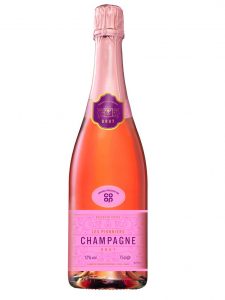
Having regularly praised the consistently good Les Pionniers non vintage brut made for the Co-op by Piper Heidsieck, I turn this time to the 60% pinot noir driven rosé from the same supplier and which is also excellent.
Led by raspberry, strawberry and cherry fruit, Les Pionniers Champagne Rosé (£22 and 12%) provides a delicate texture that is finely balanced between brioche depth, good acidity and the lively cocktail of fruit flavours already described.
BEST OF THE REST
Is the revival gaining pace?
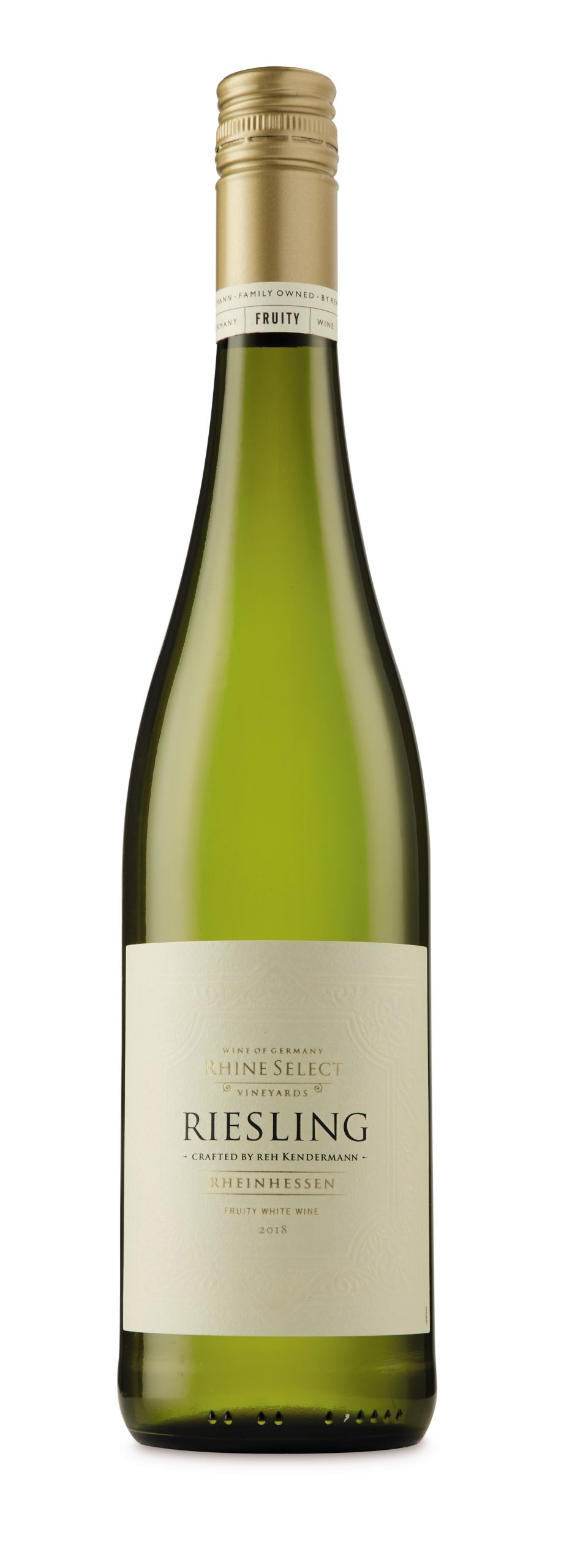
Slowly riesling is re-gaining traction in the UK market especially at bargain prices and Aldi is delighted with the success of this one which re-emphasises how drastically today’s versions differ to the bland, overly sweet offerings of yesteryear.
Although 2018 Rhine Select Vineyards German Riesling (£4.49 at Aldi and 12%) has a dash of other varieties is still contains riesling’s classic, firm lime-based acidity to enliven its soft apple and tangerine fruit and supporting hints of nutmeg and ginger.
First step on the ladder
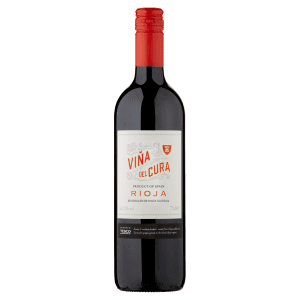
OK, no one can claim that this is the world’s most complex and sophisticated Rioja but it is a brilliantly priced introduction to the delights tempranillo can create in that region even in its basic format.
Floral touches nicely underpin the plum and cherry fruit in 2017 Vina del Cura Rioja (£5 at Tesco and 13%) which is well supported by orange influenced acidity, suggestions of cinnamon, mint and pepper but relatively firm tannin.
SUNSET CORNER
The current promotion at Tesco draws to a close shortly (28 October) – as will the reductions on the hundred or so lines that it includes.
Much of the list involves branded wines and, if you have a favourite (or three) amongst the vast range of those wines, do call into your local branch to see what is (literally) on offer.
Here are a few extracts from this promotion that I have enjoyed in the past and that may be worth a look:
- Les Tuguets Madiran is down from £7 to £6.
- Three of the Dark Horse range are down from £8.50 to £7.
- Finest Saint Chinian is down from £9 to £6.50.
- The Doctors Sauvignon Blanc (10% alcohol sauvignon) drops from £9 to £8.
- Mud House Sauvignon Blanc is down from £9 to £7.
- Taittinger Nocturne Champagne is down from £35 to £28.
TOP TIP
Tip: Learning about wine is (almost) as interesting as drinking it, so seek out the latest edition of the book most likely to make that process as effective and enjoyable as it gets.
Champagne and reds from Bordeaux all benefit from blending but so, I have discovered, does wine writing.
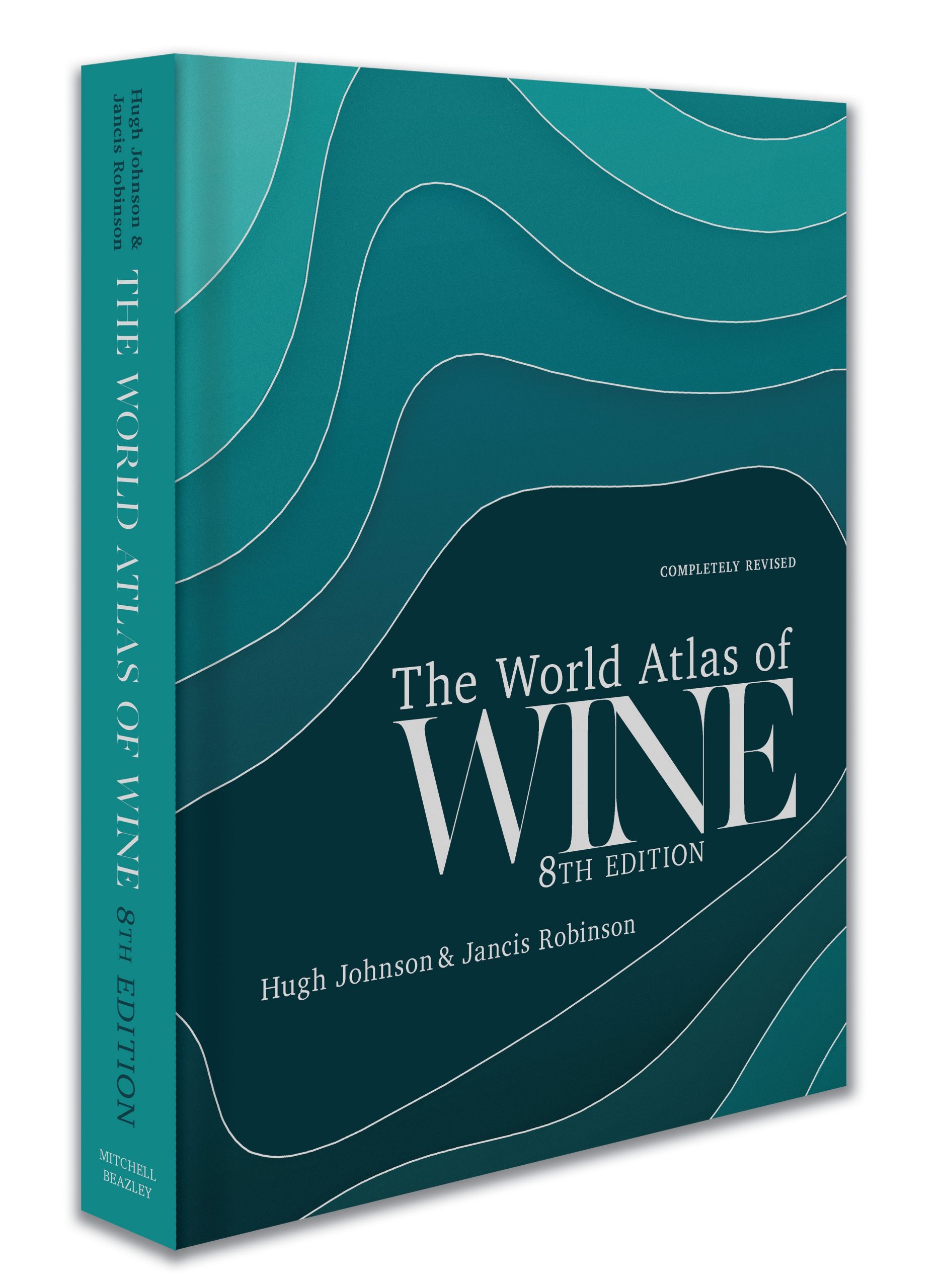
It is good, therefore, to see the new edition of The World Atlas of Wine (Mitchell Beasley at £50) which, as before, blends the knowledge and literary skills of both Hugh Johnson and Jancis Robinson.
In its (almost) 50 years of existence, the Atlas has sold over 4 million copies world-wide and is acknowledged as wine’s most authoritative reference book.
It is certainly the “go to” information source for many in the wine world – including me!
This version (Edition 8) has more pages than before and has been updated to include topical subjects like climate change and the much discussed “orange” wine.
Reflecting a determination to keep up with even wider trends, coverage on Romania has almost doubled since the last edition and Austria now accounts for eight pages; the very first (1971) edition had only four!
The overall format is not just informative but also homely and sometimes almost poetic in style as this extract from the South America section illustrates:
“The vibrant tree-shaded city of Mendoza ….. is only 50 minutes by air from the Chilean capital Santiago – so close that shopping bags are a common sight on the crowded flights. Yet the plane has to clear the highest ridge of the Andes, a 20 000 foot serrated blade of rock and ice”.
If it were not such an overworked cliché, words like “essential fireside reading for wine lovers” would define this book nicely.
It not only provides background to the glass you have just drunk but also offers clear signposts towards what the next one should contain.
Do make sure your nearest and dearest know about The World Atlas of Wine well ahead of the Christmas present buying season!




